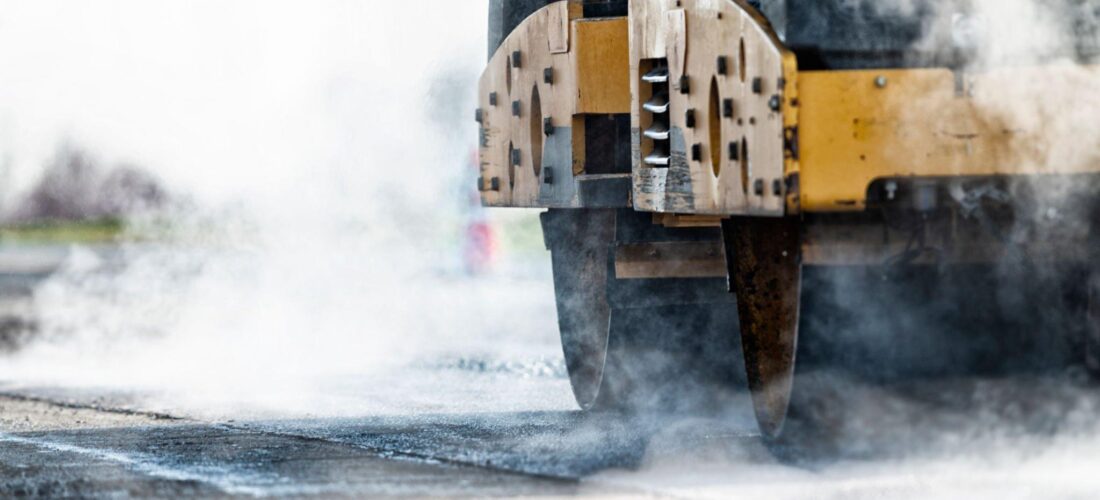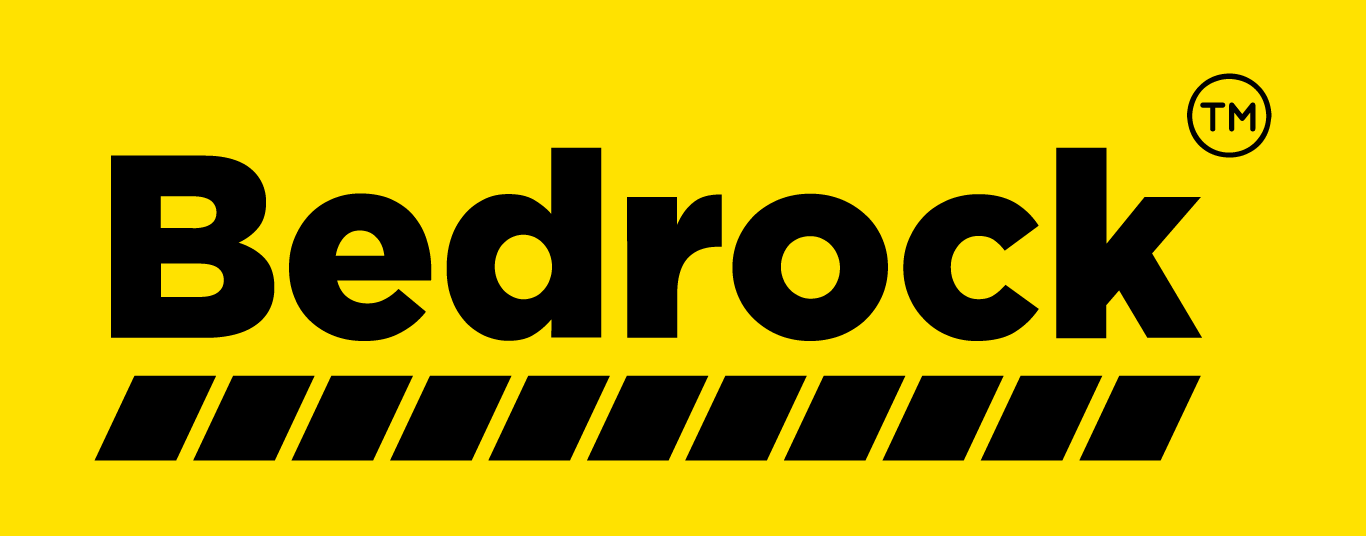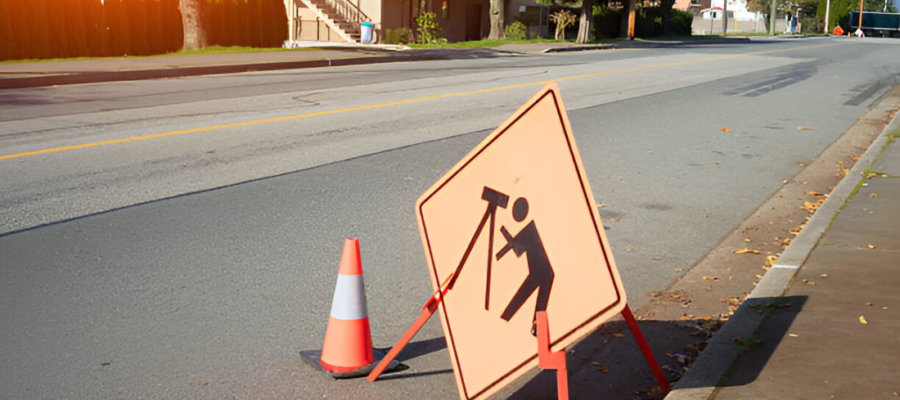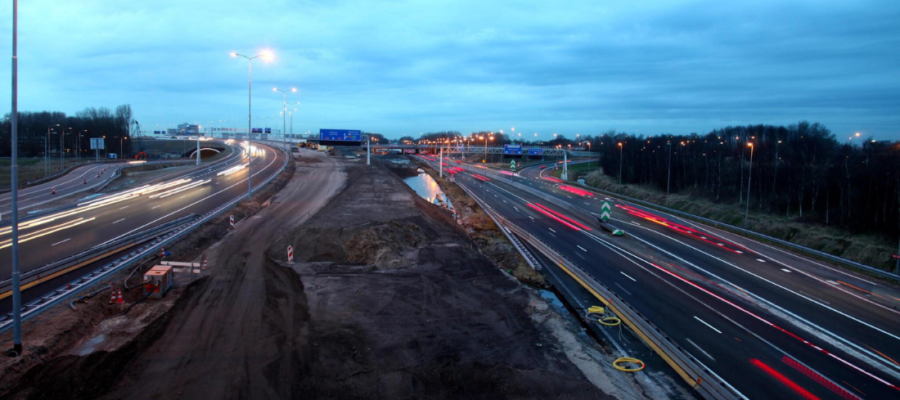
Rapid-setting emulsion is a versatile material that is commonly used in road construction and pavement preservation. However, it has also found innovative applications in soil stabilization projects. Soil stabilization refers to the process of improving the strength, durability, and load-bearing capacity of soil to support construction projects or other heavy equipment. Rapid-setting emulsion can be a highly effective material for this purpose, offering a number of benefits over traditional soil stabilization methods.
One of the key advantages of rapid-setting emulsion in soil stabilization is its speed. This material sets quickly, which means that it can be applied and cured in a short amount of time. This is particularly useful in soil stabilization projects, where the goal is to minimize disruptions to traffic flow and other activities in the area. Rapid-setting emulsion can be used to stabilize soil in a range of applications, including building foundations, retaining walls, and roadways.
Another advantage of rapid-setting emulsion in soil stabilization is its versatility. This material can be used for a wide range of soil stabilization applications, including both cohesive and non-cohesive soils. Rapid-setting emulsion can be customized to meet the specific needs of each project, providing a tailored solution that can improve the strength and stability of soil in a cost-effective and efficient manner.
Rapid-setting emulsion is also highly durable, which is critical in soil stabilization. This material has excellent adhesive properties, which means that it can bond tightly to the soil particles and provide a long-lasting protective layer. Additionally, rapid-setting emulsion is resistant to water and other forms of moisture, which helps to prevent damage and deterioration over time.
Cost-effectiveness is another benefit of rapid-setting emulsion in soil stabilization. This material can be applied quickly and easily, which reduces labor costs and project timelines. Additionally, rapid-setting emulsion can be customized to meet the specific needs of each project, which means that construction crews can avoid the expense of using multiple materials or complex equipment.
One innovative use of rapid-setting emulsion in soil stabilization is in the construction of green roofs. Green roofs are becoming increasingly popular in urban areas as a way to improve energy efficiency, reduce stormwater runoff, and create green spaces in otherwise concrete-heavy environments. However, the weight of the soil and vegetation on a green roof can be substantial, which requires a strong and stable foundation. Rapid-setting emulsion can be used to stabilize the soil layer on a green roof, providing a cost-effective and efficient solution that is also environmentally friendly.
Another innovative use of rapid-setting emulsion in soil stabilization is in the construction of industrial yards and storage facilities. These types of facilities often require heavy equipment and large storage structures that place significant loads on the soil. Rapid-setting emulsion can be used to stabilize the soil in these areas, providing a strong and stable foundation that can support the weight of the equipment and structures.
In conclusion, rapid-setting emulsion has many innovative uses in soil stabilization projects, providing a cost-effective and efficient solution that can improve the strength, durability, and load-bearing capacity of soil. With its speed, versatility, durability, and cost-effectiveness, rapid-setting emulsion is becoming an increasingly popular choice for construction crews and engineers who are looking for innovative solutions to soil stabilization challenges. Whether it is used to stabilize soil in green roofs, industrial yards, or other applications, rapid-setting emulsion is a material that can help to support sustainable and resilient infrastructure.




